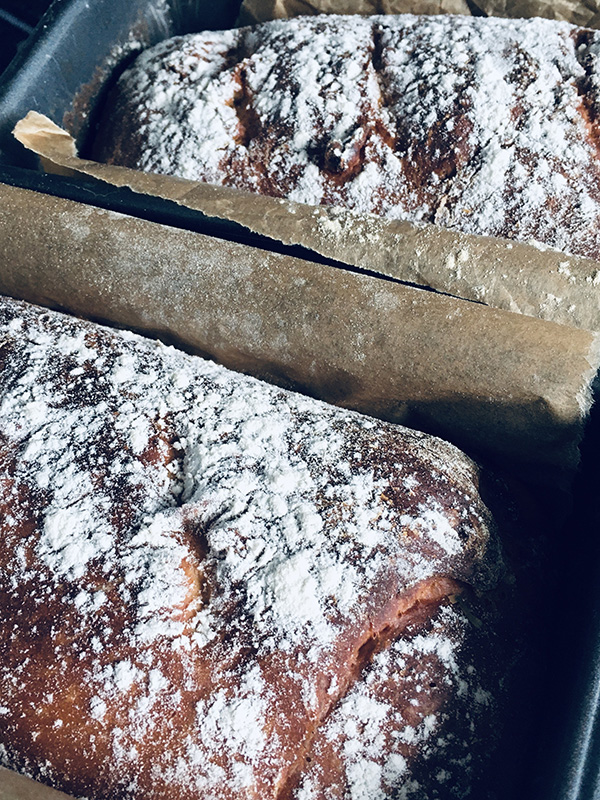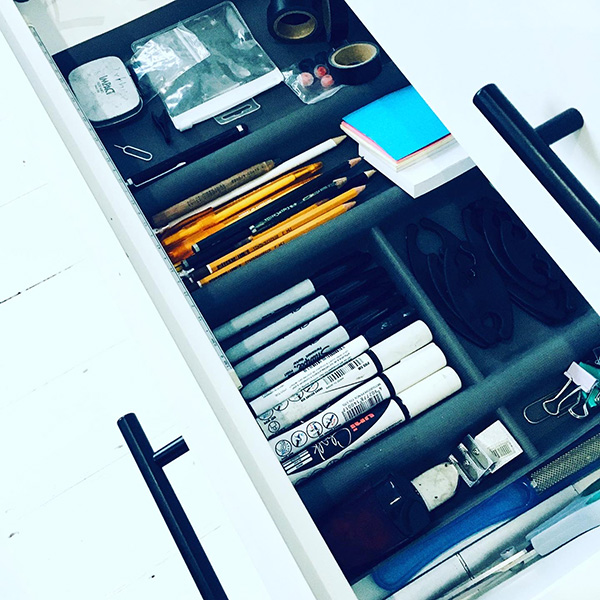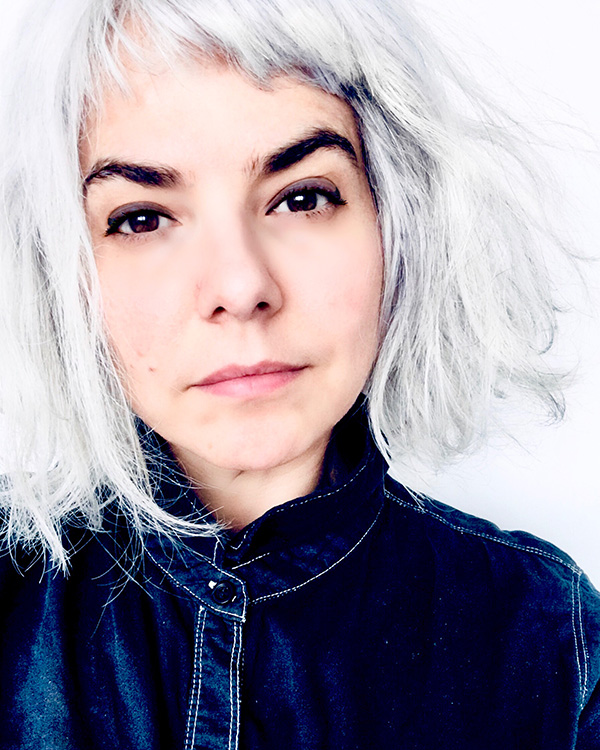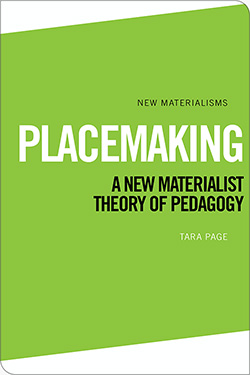
Place and belonging – these ideas all feel so present, so real in 2020. All over the world, we are experiencing the exact same things in so many ways: lockdowns, social distancing, working from home, juggling life and work and grappling with so many video-conferencing platforms. Place, how we make place and have a sense of belonging in a pandemic is such a very different experience than many of us have usually experienced.
Placemaking and identity
In my artistic practice and my research I am trying to understand and learn how we make place using the matter, the stuff, of our everyday lives. This all came about because, as an immigrant with a strong accent, I was continually being questioned. ‘So, where are you from?’ ‘You don’t sound like you come from here.’ I started to question this idea of home, belonging, place. How do we have a sense of place, of belonging, where we feel comfortable and at ease and How do we learn this and how do we learn to make place? What teaches us and the connections between place and identity. I am trying to understand this entanglement of who we are with where we are in our globalised world.
Home – a sense of place

But now our globalised, social and material world is very, very different. We are restricted in where and how we can travel. We are all at home, working or not working. There are rules on who you can be with and the distance you have to be apart. Our faces are covered by masks. We sanitise all the stuff we come in contact with. It can all feel so disconnecting. But at the same time it feels as though we are more connected than ever to place. Specifically, the place behind our front doors.
Our homes have changed. We are spending A LOT MORE time at home. What we do at home and how we make the place we live into a home has changed. You might be stocking up on toilet paper; learning to bake a sourdough loaf to get the crust and colour just right; trying out a banana bread recipe; doing a bit of DIY; decluttering and organising or squeezing in a home office area that looks ‘professional’ when you are in your [insert preferred or tolerated video-conferencing platform here] meetings. These are all ways or practices that teach us a sense of place, a sense of belonging. We are learning how to make place.
Inequalities of placemaking

These placemaking practices can be empowering. They give us a feeling of control and having power over some of the stuff of our lives. But it is also not that simple. A sense of place and belonging is complex, fluid, flexible and subject to change. It is not always rose-coloured, feel-good, with the intoxicating smell of freshly baked bread in the air. There are inequalities of placemaking. There can be a loss of connection with place, through individual but also collective practices of displacement or disbelonging. Because as many of us already know first-hand, and some of us are only starting to learn, home can also be a place of discrimination, oppression or neglect with an unequal distribution of power, resources and stuff.
Living place
We are all on this covid-19 journey together. It sounds so clichéd – I am rolling my eyes and sighing. But it is also very apt. We are all placemaking in a pandemic. We are learning so much about ourselves, about each other and our place-worlds. Particularly that place – the ‘where’ – is not just a backdrop or site where the interesting stuff happens. Place can be key in helping us to understand who we are and how we are. It is more than geography, colour-coded covid-19 maps and death charts. Place is living, it has meanings that matter, that identify and that teach us.
By Tara Page

Tara Page is an artist, researcher, teacher and Senior Lecturer at Goldsmiths, University of London.

Did you enjoy ‘Placemaking in a pandemic’? Read more in Tara Page’s book Placemaking: A New Materialist Theory of Pedagogy.
Image Credits
- Featured image & image 1. ‘Carb coma’. Copyright: Tara Page.
- Image 2. ‘Decluttering – a slippery slope’. Copyright: Tara Page





